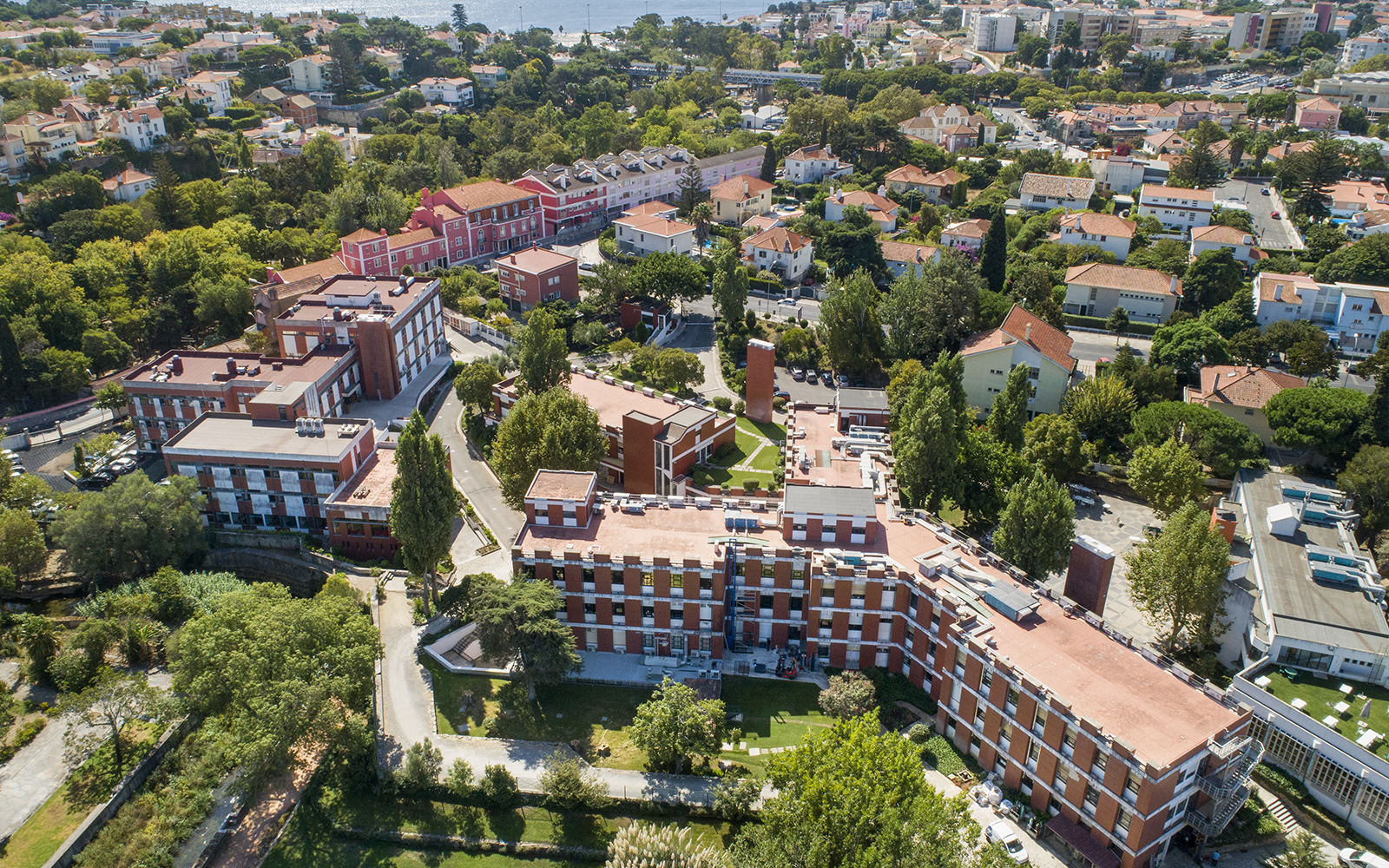Single molecule imaging of cytoplasmic dynein in cellulo reveals the mechanism of motor activation and cargo capture
Event Slider
Date
- / Cancelled / Sold out
Location
Virtual RoomSeveral seminars are held weekly at the Instituto Gulbenkian de Ciência, an initiative that aims to bring together all researchers around the topics under discussion.
The sessions, with internal researchers or guests, contribute to stimulate the open and extremely collaborative culture of the IGC.
You can read the abstract of this seminar to learn more about it.
Cytoplasmic dynein 1 (dynein) is the primary minus end-directed motor protein in most eukaryotic cells. Dynein remains in an inactive conformation until the formation of a tripartite complex comprising dynein, its regulator dynactin and a cargo adaptor. How this process of dynein activation occurs is un-clear, since it entails the formation of a three-protein complex inside the crowded environs of a cell. Here, we employed live-cell, single-molecule imaging to visualise and track fluorescently tagged dynein. First, we observed that only ∼30% of dynein molecules that bound to the microtubule (MT) engaged in minus end-directed movement, and that too for a short duration of ∼0.6 s. Next, using high-resolution imaging in live and fixed cells, and using correlative light and electron microscopy, we discovered that dynactin remained persistently attached to MTs, and endosomal cargo remained in proximity to the MTs and dynactin. Finally, we employed two-colour imaging to visualise cargo movement effected by single motor binding. We then used these discoveries as the basis for a stochastic modelin corporating dynamic motors binding to cargo located along MTs, and also developed a coarse-grained 3-state run-and-tumble particle (RTP) model for the cargo that quantitatively recapitulates the emergent statistics of cargo movement. Taken together, we discovered a search mechanism that is facilitated by dynein’s frequent MT binding-unbinding kinetics: (1) ina futile event when dynein does not encounter cargo anchored in proximity to the MT, dynein dissociates and diffuses into the cytoplasm, (2) when dyneinen counters cargo and dynactin upon MT-binding, it moves cargo in a short run.Several of these short runs are undertaken in succession for long-range directed movement. In conclusion, we demonstrate that dynein activation and cargo capture are coupled in a step that relies on the reduction of dimensionality to enable minus end-directed transport in cellulo, and that complex cargo behaviour emerges from stochastic motor-cargo interactions.

